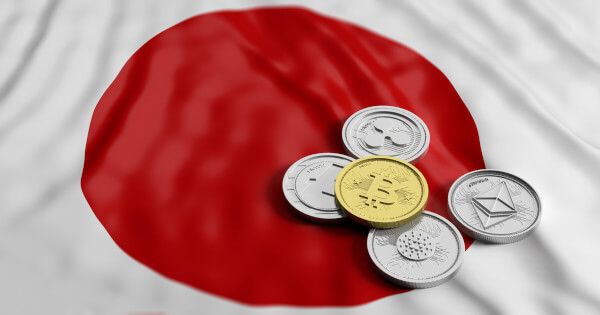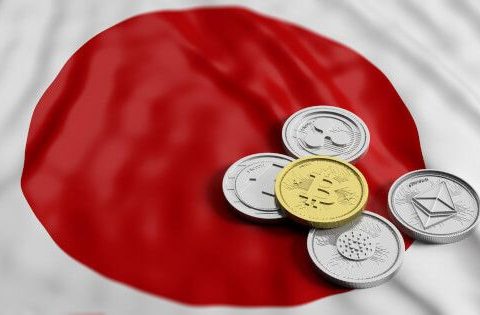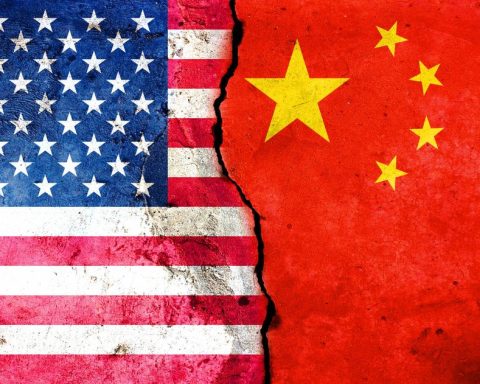Japan has made global financial history this week with the official launch of the world’s first yen-pegged stablecoin. The digital currency, fully backed by Japan’s fiat currency, is designed to maintain a one-to-one ratio with the Japanese yen. Its introduction represents a major milestone in Japan’s efforts to modernize its financial infrastructure and strengthen its position as a leader in digital asset innovation across Asia and the world.
The yen-pegged stablecoin, developed under strict government regulations, aims to blend the reliability of traditional currency with the efficiency of blockchain technology. Unlike cryptocurrencies such as Bitcoin or Ethereum, which are known for volatility, the yen stablecoin offers a stable and predictable value. It can be used for digital payments, remittances, and even interbank settlements, marking a step toward integrating digital assets into mainstream economic activity.
Japan’s Financial Services Agency (FSA) has played a pivotal role in ensuring the stability and credibility of this new currency. The regulatory framework mandates that the stablecoin be fully collateralized by reserves held in Japanese banks, providing transparency and protection for users. This model has been praised by international financial institutions as a potential blueprint for other nations considering similar initiatives. It also positions Japan as one of the first advanced economies to successfully bridge digital innovation with central financial regulation.
The stablecoin’s release comes at a time when global interest in digital currencies is rapidly growing. While countries like China have developed central bank digital currencies (CBDCs), Japan’s approach differs by allowing private financial institutions and fintech firms to issue the stablecoin under government supervision. This hybrid model promotes innovation while maintaining consumer trust and financial security, ensuring that digital payments can coexist with traditional systems.
Economists believe the yen-pegged stablecoin could significantly enhance cross-border trade efficiency. International businesses dealing in yen can now make faster, cheaper, and more secure transactions without relying on traditional bank intermediaries. The digital currency’s blockchain foundation ensures real-time tracking, reduced transaction costs, and increased transparency. For Japan, this technological leap could also boost its competitiveness against global currencies like the U.S. dollar and the Chinese yuan in digital trade settlements.
Financial analysts have also pointed out that the stablecoin may help Japan combat long-standing economic challenges, including low inflation and sluggish consumer spending. By making digital transactions easier and more efficient, the government hopes to encourage wider use of electronic payments among consumers and businesses. Additionally, the stablecoin could provide new opportunities for decentralized finance (DeFi) applications, opening pathways for innovation in lending, savings, and investment platforms within Japan’s financial ecosystem.
Despite widespread enthusiasm, experts urge caution as Japan ventures into uncharted territory. The success of the yen stablecoin will depend on user adoption, cybersecurity measures, and coordination among banks and fintech companies. Cybersecurity remains a top concern, as stablecoins have been targeted by hackers in the past. Regulators are expected to closely monitor transactions and compliance to prevent misuse such as money laundering or fraud.
Japan’s move marks a defining moment in the global financial transformation toward digital assets. The introduction of a yen-pegged stablecoin demonstrates that innovation and regulation can coexist effectively. As other countries observe Japan’s progress, the stablecoin could serve as a global model for integrating digital currencies into the financial mainstream—ushering in a new era of trust, speed, and transparency in digital finance.














